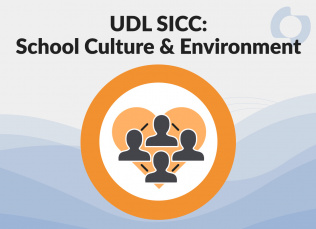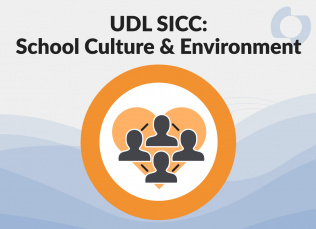
The Space: A Guide for Educators
This series of 12 short videos explores a variety of topics educators should consider when designing school spaces.
This series of 12 short videos explores a variety of topics educators should consider when designing school spaces. They focus on ideas for designing spaces that promote collaboration, creativity, choice, and student agency. Other topics include consideration of light, color, sound and maximizing flexibility on a budget.
How does it relate to the UDL-SICC?
This video series supports the School Culture and Environment Domain, Element 4 (D1.E4). It focuses on designing community, classroom, and digital spaces to support teaching and learning variability. The intent of this element is to intentionally design school spaces that respond to the anticipated variability of staff, students and school community.
How might you use it?
- Use this video series to provide choice during a professional learning experience that focuses on the intentional design of classroom physical and digital spaces to support learner variability. Ask teachers to select an area of focus, then reflect on how they can create spaces that support learner variability.
- Use this video series to jumpstart a school leadership team discussion about designing community spaces that support the variability of the school community.
Share this resource:
Posted date:
July 26, 2023

